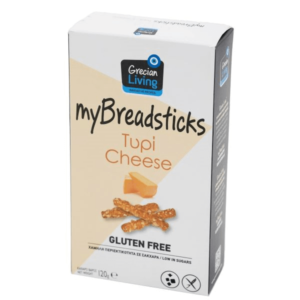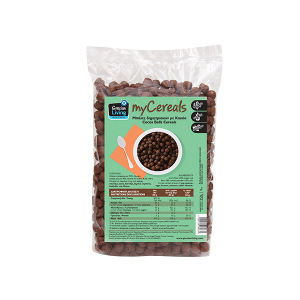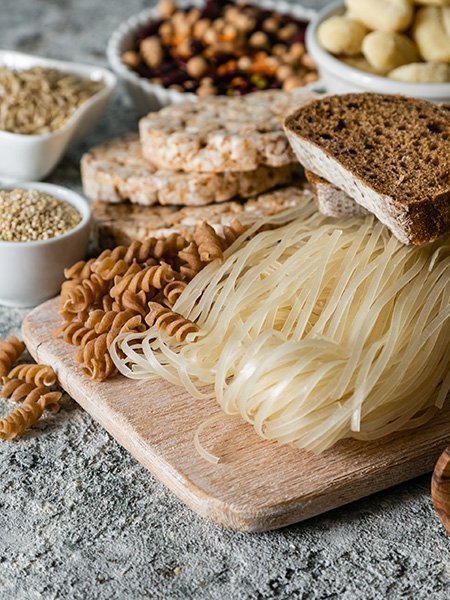GLUTEN FREE
TRAVEL FREE
Whatever we do, wherever we go, we always wonder: “What if something happens?”. We can feel joy, experience adventure and keep memories from a trip, only if we remain self confident and organized.
- Plan your trip diet
Given your personal preferences, you may get used to preparing in advance airtight pachages of healthy foods you love and satisfy your appetite, (ex. a combination of healthy carbohydrates, proteins and fat). Some suggestions could be homemade salads (especially fruit salads), sandwitches with Grecian Living gluten free bread and Grecian Living gluten free biscuits with chocolate.
- Pack a variety of snacks
Fruits such as apples, bananas and oranges are remarkably well preserved throughout your journey. Just Grecian Living muesli or mixed with fresh fruit and nuts may satisfy you.
- Ask your airline for a gluten-free meal
At 30,000 feet your choices are extremely limited, so provide for your meal, ordering it at the airline, easily, through its website. Good to know: special meals must be ordered at least 48 hours before flight.
- Learn dietary keywords in the language spoken in the country you are traveling to
Before your trip do a little research about dietary keywords in the language spoken in the country you are travelling to, thus ensuring a better communication and avoiding misunderstandings.
- Use restaurant vocabulary
While in your native language saying “I am a celiac” or “I am on a gluten free diet” you can be perfectly understood, in a foreign language you might not. This could be a problem every time you talk with people who serve you. Therefore, you may try to be more specific mentionning the ingredients you do not eat, ex. “I am allergic in gluten which is found in wheat, barley, rye. Are these included in the meal I asked for?” This approach will help you more.
- Remember to bring herbal teas with you
While being on a trip, herbal teas may help in case you feel sick. For example, mountain tea is suggested for digestive problems while mint tea to boost the immune system, help digestion and reduce possible inflammation; also a chamomile tea reduces stress and boosts the immune system helping sleep. Nature’s pharmacy can be a close ally of you allowing to better enjoy your trip.
- Customs regulations
To get information about customs regulations in the country you are travelling to, earlier than your departure date, might help you to avoid surprises, in case you want to carry your beloved snacks.
- Search for equipped accommodation
To meet your dietary needs, look for hotels providing with the necessary equipment, such as a mini fridge or microwave.
- Trip planning
In any of your trip, if you prefer to visit and know well only two or three cities, you will have enaugh time to find out restaurants offering gluten free meals and, propably, local cuisine gluten free dishes. In this way you will enjoy your vacation avoiding hasty meals likely to contain gluten.
- Find out where to find Grecian Living products
Visit Grecian Living website to find supermarkets and restaurants offering Grecian Living products.



